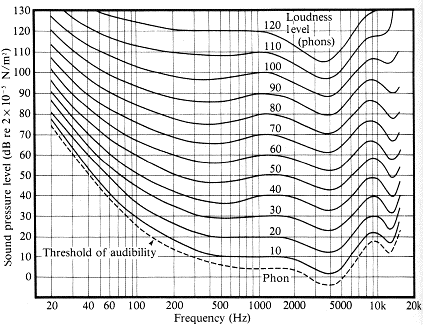vesther
Head-Fier
- Joined
- Sep 7, 2006
- Posts
- 96
- Likes
- 12
I've seen a good deal of threads that talk about "missing bass", "muddy sound", whatever I can name it. I would like to try to help some newbies get over with posting pointless threads, and to set the record straight in some corners.
Why is the sound muddy?
There could be many factors why the sound is muddy. Among them is that the magnet does not have enough room to "kick air in", the magnet works too hard to deliver bass, there's a bit too much "bass bias", other adverse factors that cause the 'cans to sound muddy. I've tried out the Shure E2C and the Shure SE110 and I found out that compared to the Shure E500/SE530 (I have yet to test out other IEMs), earphones that literally use balanced armatures have greater sound clarity than earphones that use dynamic magnets. The material used in the magnet also determines the clarity, as the majority of the high-end earphones *should* utilize Neodymium magnets.
Not enough bass on my earphones!
Because earphones are compact and because the drivers don't have enough space, there's not enough room for bass performance.
A dynamic 7-9mm diapharagm that utilize neodymium will generally have better frequency response as opposed to a ferrite magnet, although some known earphones have been known to have excessive "bass bias". Because a lot of IEMs have no "vents" and/or the balanced armatures have virtually no room to "move air", bass response tends to be poorer than traditional headphones.
What do you mean by "kicking air"?
I've been saying this because lower frequencies (bass) requires a lot of air to move. Like I said, because earphones literally have armatures inside confined housings, there isn't much room for the drivers to move air around. The more air the magnet can move, the better the frequency response would be. Shure and Ultimate Ears literally try their best to curb this bass problem through use of internal vents (Shure) to allow the armature to move a reasonable amount of air albeit no visible holes on the can, whilst others may choose to utilize a crossover to split frequencies up. An internal vent (claimed by Shure) was designed to allow the armature to move air so that the frequency response isn't too compromised.
Audio is subjective, so I suggest running tests on multiple earphones to determine which one suits your needs the most.
I have a lot of explaining to do, but please share your knowledge on how you perceive sound on this thread.
Why is the sound muddy?
There could be many factors why the sound is muddy. Among them is that the magnet does not have enough room to "kick air in", the magnet works too hard to deliver bass, there's a bit too much "bass bias", other adverse factors that cause the 'cans to sound muddy. I've tried out the Shure E2C and the Shure SE110 and I found out that compared to the Shure E500/SE530 (I have yet to test out other IEMs), earphones that literally use balanced armatures have greater sound clarity than earphones that use dynamic magnets. The material used in the magnet also determines the clarity, as the majority of the high-end earphones *should* utilize Neodymium magnets.
Not enough bass on my earphones!
Because earphones are compact and because the drivers don't have enough space, there's not enough room for bass performance.
A dynamic 7-9mm diapharagm that utilize neodymium will generally have better frequency response as opposed to a ferrite magnet, although some known earphones have been known to have excessive "bass bias". Because a lot of IEMs have no "vents" and/or the balanced armatures have virtually no room to "move air", bass response tends to be poorer than traditional headphones.
What do you mean by "kicking air"?
I've been saying this because lower frequencies (bass) requires a lot of air to move. Like I said, because earphones literally have armatures inside confined housings, there isn't much room for the drivers to move air around. The more air the magnet can move, the better the frequency response would be. Shure and Ultimate Ears literally try their best to curb this bass problem through use of internal vents (Shure) to allow the armature to move a reasonable amount of air albeit no visible holes on the can, whilst others may choose to utilize a crossover to split frequencies up. An internal vent (claimed by Shure) was designed to allow the armature to move air so that the frequency response isn't too compromised.
Audio is subjective, so I suggest running tests on multiple earphones to determine which one suits your needs the most.
I have a lot of explaining to do, but please share your knowledge on how you perceive sound on this thread.



